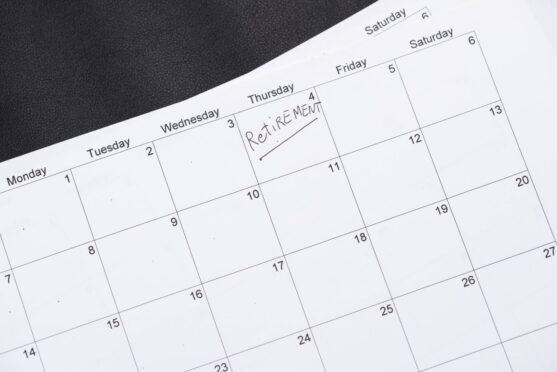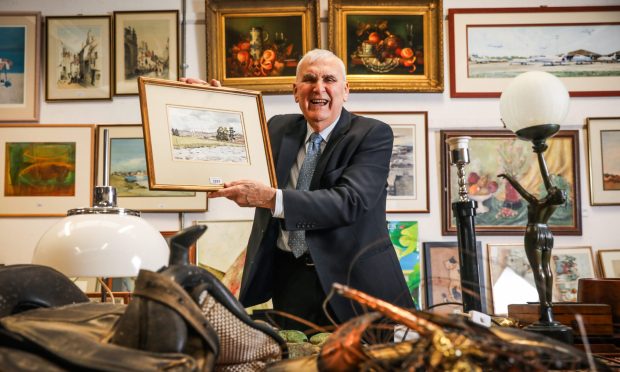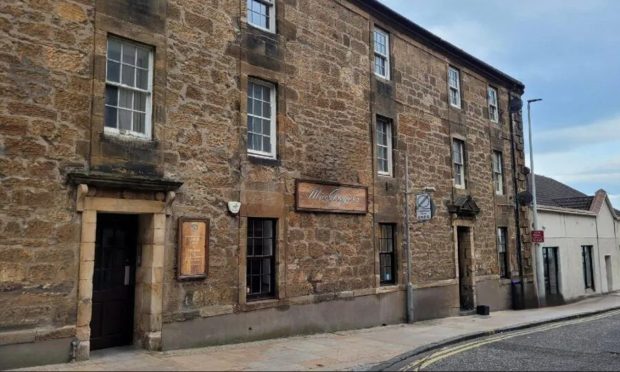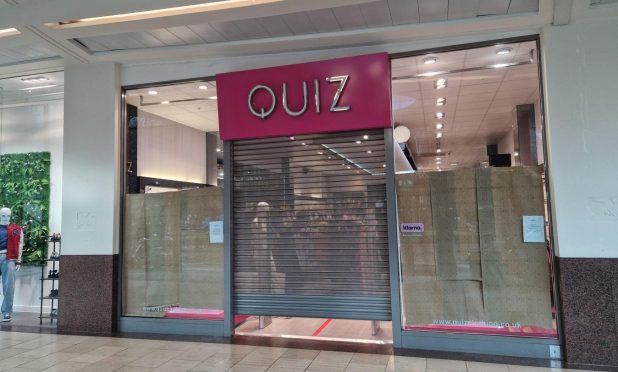There’s no golden rule for how much money you’ll need in retirement, as this depends on various factors such as your retirement age, plans, and how long you live. However, having a rough idea of how much income the average retiree needs and how to generate it, is a good place to start.
-
Some Courier online content is funded by outside parties. The revenue from this helps to sustain our independent news gathering. You will always know if you are reading paid-for material as it will be clearly labelled as “Partnership” on the site and on social media channels,
This can take two different forms.
“Presented by”
This means the content has been paid for and produced by the named advertiser.
“In partnership with”
This means the content has been paid for and approved by the named advertiser but written and edited by our own commercial content team.
What do I need for a ‘comfortable’ retirement?
Research by the Pensions and Lifetime Savings Association suggests that to fund a ‘comfortable’ retirement, the average single person would need £43,100 a year and the average couple would need £59,000 a year (after tax).
This equates to an approximate gross income of £51,000 for a single person or £67,600 for a couple.
Research found that a 66-year-old retiree with a £1m pension using income drawdown could withdraw £51,000 a year (gross) until age 94. This assumes 5% annual investment growth after fees and income increasing with 2% inflation.
For a pension worth £500,000, the withdrawals would only last until age 77.
How much income would an annuity provide?
As an alternative, someone buying an annuity at 66 could expect up to £60,000 gross annual retirement income from a £1m pension fund or around £30,000 a year from a £500,000 fund.
Annuity income is guaranteed for life, providing the same annual income regardless of longevity. In contrast, income drawdown involves investment risk – your fund could fall in value, and you risk running out of money if you live longer than expected. However, drawdown enables you to vary your income.
You could take a ‘mix-and-match’ approach, for example buying an annuity to generate some secure income, while using income drawdown for discretionary spending.
Think beyond your pension
Retirement income can come from sources besides just your pension.
ISAs do not benefit from tax relief on contributions. However, withdrawals are completely free from tax. ISAs can allow you to leave your pension untouched for your first years of retirement.
Other income sources to consider include cash savings accounts, shares, bonds, and property income, as well as the state pension, which is £221.20 per week for those who qualify for the full rate (2024/25 tax year).
Next steps
Determining how much money you need for retirement is no easy feat. A financial adviser can explain how to make up a shortfall, and advise on the most suitable strategy for you, based on your individual circumstances.
Taking some financial advice will help you feel confident you’re on track for a more secure financial future.
Contact information
RBC Brewin Dolphin would be delighted to help you and your family achieve financial clarity and stability. Enquire today or call Chris Henderson, divisional director and financial planner on 01382 317200












Conversation